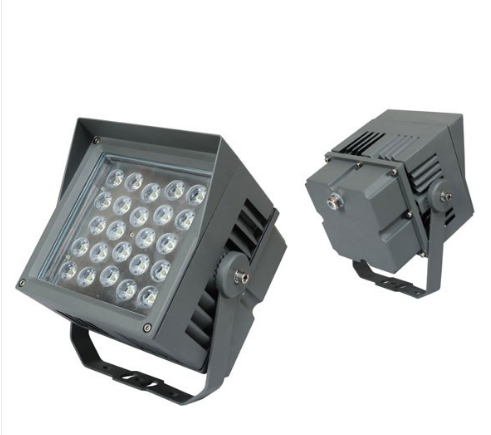Phone
0750-3609968
The heat dissipation of floodlights has always been a more headache for manufacturers. The quality of the radiator of the lamp is the primary problem that directly affects the size of the light attenuation. The three basic methods of heat dissipation technology and heat transfer of the lamp housing are: conduction, convection and radiation. Thermal management also starts from these three aspects, which are divided into transient analysis and steady-state analysis. The main transmission path of the radiator is conduction and convection heat dissipation, and the radiant heat dissipation under natural convection cannot be ignored.

The lighting fixtures mostly use high-power LEDs. At present, the luminous efficiency of commercial high-power LEDs is only 15% to 30%, and most of the remaining energy is converted into heat energy. If the heat energy cannot be effectively discharged, it will lead to serious consequences. High temperature will reduce the luminous flux and luminous efficiency of the LED, cause light wave redshift, color cast, and also cause bad phenomena such as device aging. More importantly, it will reduce the life of the LED exponentially due to the light decay of the LED or its life. It is directly related to the junction temperature. If the heat dissipation is not good, the junction temperature will be high and the life will be short. According to the Arrhenius law, the life will be extended by 2 times for every 10°C decrease in temperature.
However, the appearance of the floodlight housing on the market almost violates the principle of LED heat dissipation. It has been modified and molded against the intention. Not only the overall aluminum content of the housing is insufficient, but also the radiator is cut corners and shoddy! The thickness of the original radiator and the heat dissipating teeth have been thinned or shortened. After the test of full wattage and the same power, the surface temperature of the modified thin shell has reached 85°C or more, which is 60°C higher than the original normal surface temperature. On the basis of 65°degree, it can directly increase by more than 30%. How can such a lamp housing guarantee the service life of the lamp? And if it can improve the quality of LED lights!
Use high-quality LED flood light housing! Use a good shell to make a lamp!